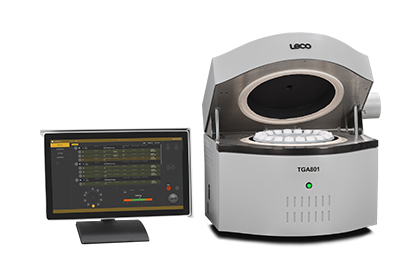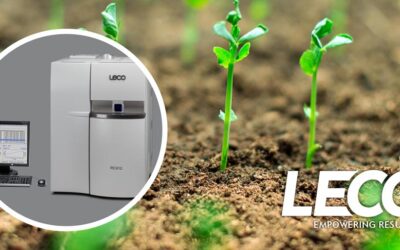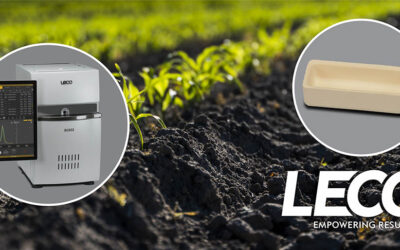
The talc market has seen steady growth in the past year and is expected to continue to grow strongly in the future. According to thebusinessresearchcompany.com, the market will increase to $14.91 billion in 2028 at a compound annual growth rate of 9.1%. This growth is forecasted to come from the rising demand for plastics and polymers, the growing paper and pulp industry, expanding applications in ceramics and paints, and rising expendable income from developing countries. To accommodate the expansion and rise of the talc market, it is critical that producers are able to efficiently and accurately assess talc grade. However, this can be a tricky task when the run-of-mine is complex.
A recent article published by BHM Berg- und Hüttenmännische Monatshefte describes how the talc deposit being mined in Gemerská Poloma has a wildly complex run-of-mine with several different minerals, including magnesite, dolomite, pyrite, and more. Due to this challenging mineralogical composition, determining talc grade is a difficult task. The usual loss-on-ignition (LOI) technique to determine the grade proved to be insufficient when applied. A combination of loss-on-ignition (LOI), XRF analysis, and determination of Carbon and Sulfur by combustion was attempted in conjunction instead. A calculation was done based on these three modes of analysis in order to accurately determine the talc grade, but the whole process was fairly time-consuming, and still didn’t yield the results that were sought. There was a strong need for a new method to make analysis easier, quicker, and more effective. Thanks to LECO’s TGA801, one was developed.

To learn more about talc grade determination in the Gemerská Poloma mines, read this new article. To learn more about LECO’s fast and efficient TGA801, visit our website’s product page, or contact a Sales Engineer today.




